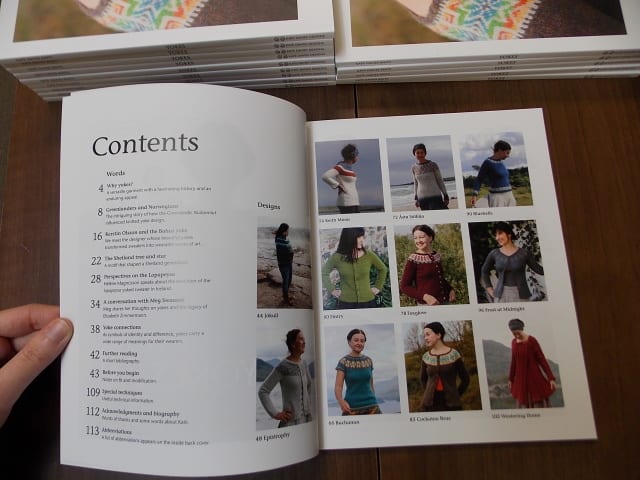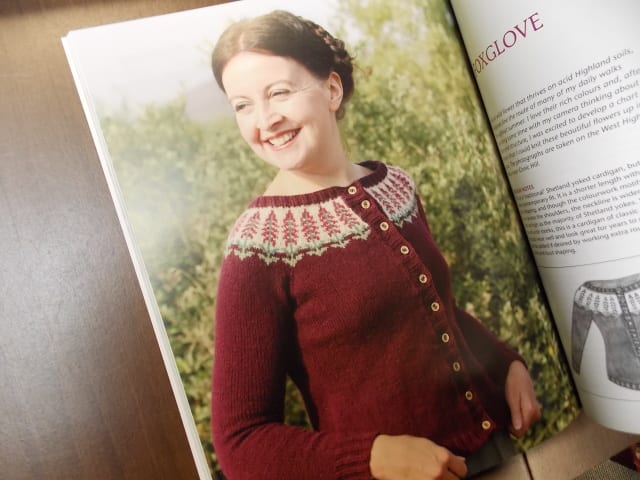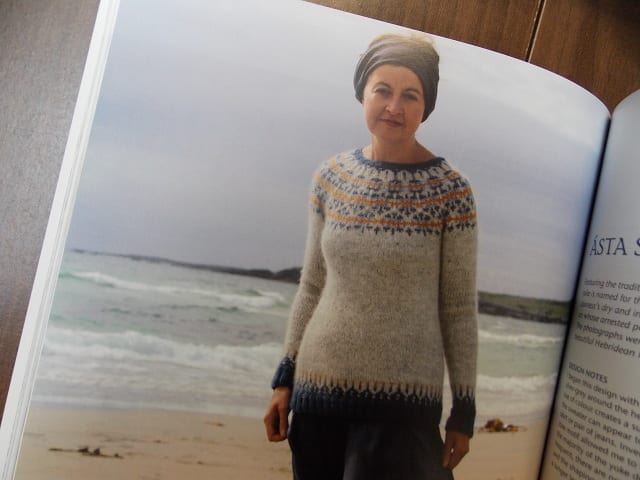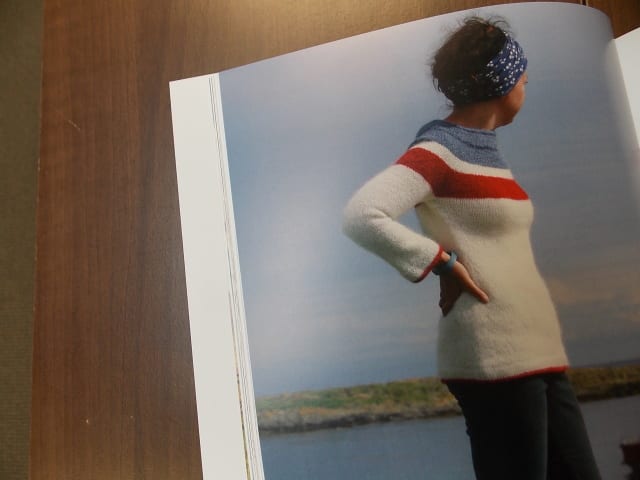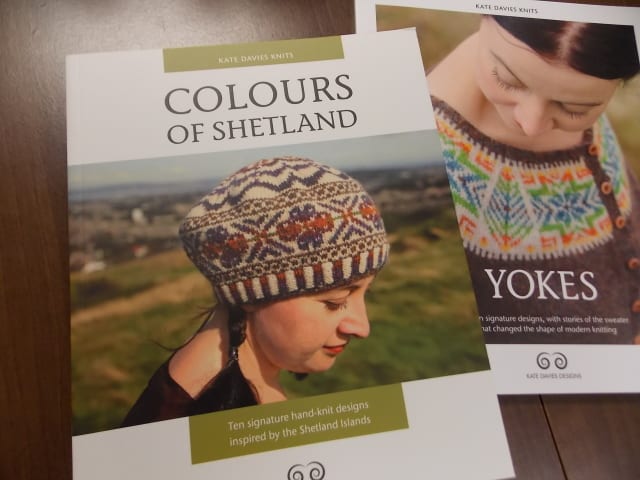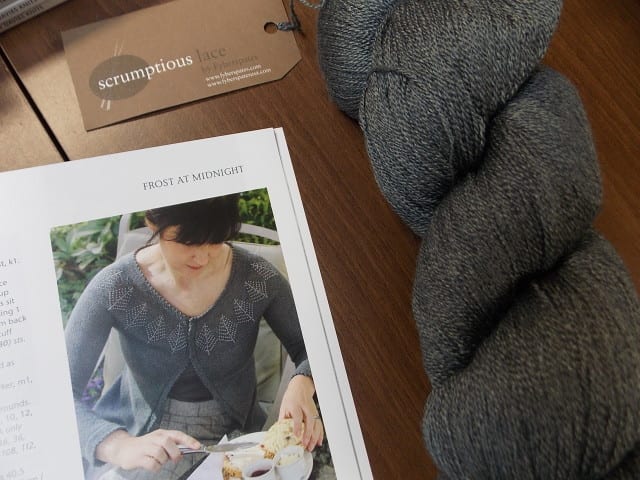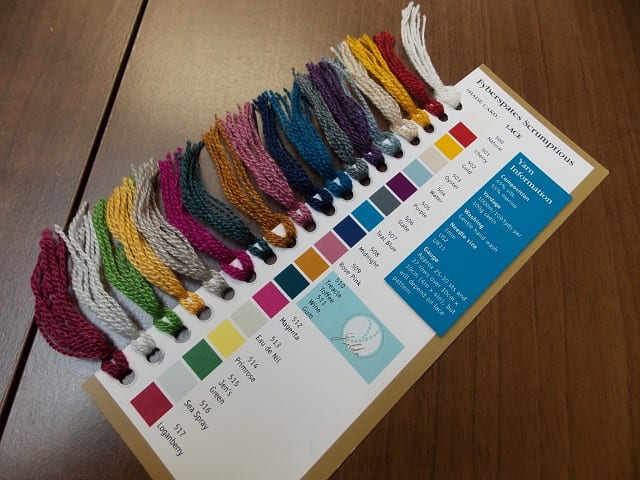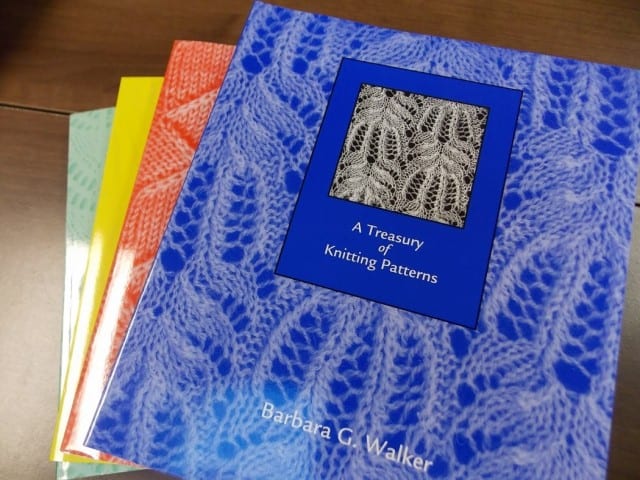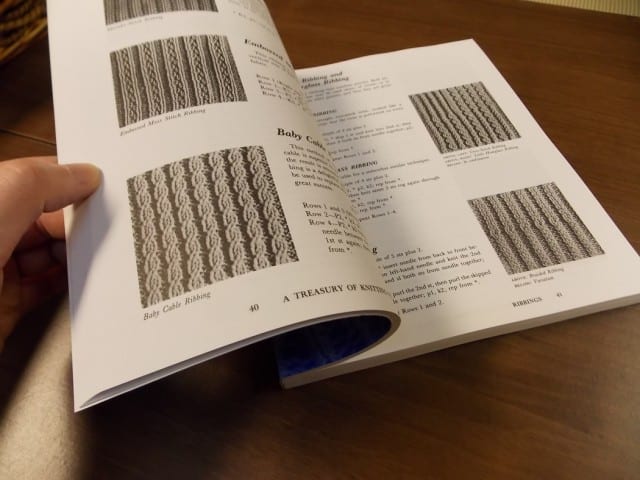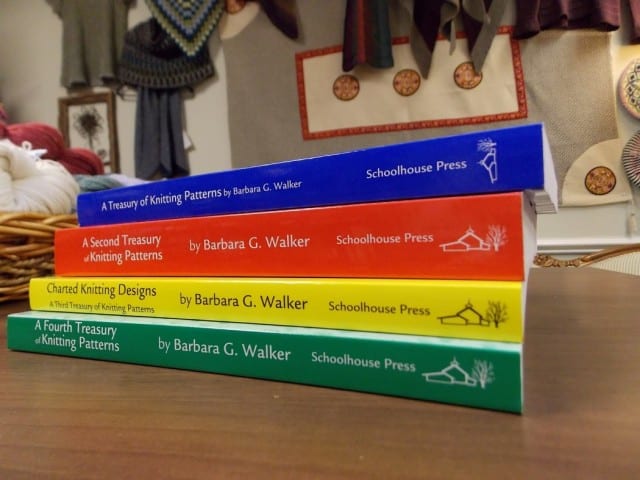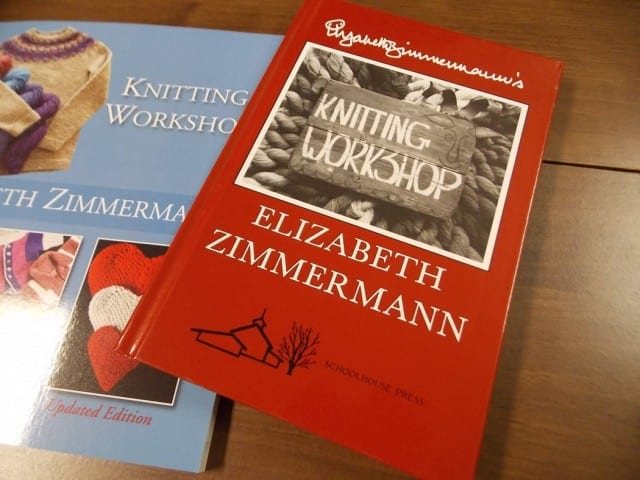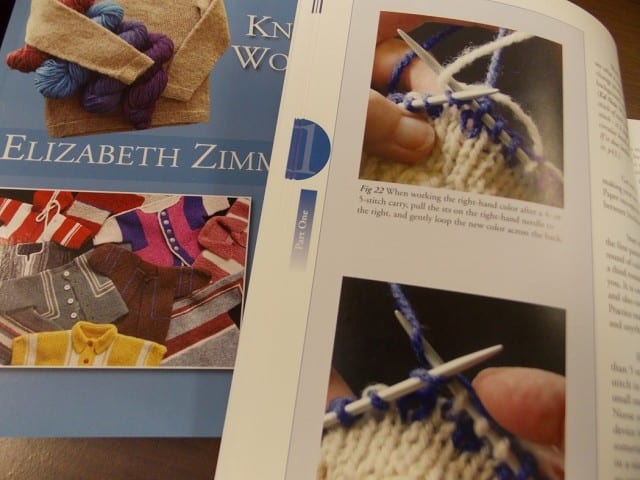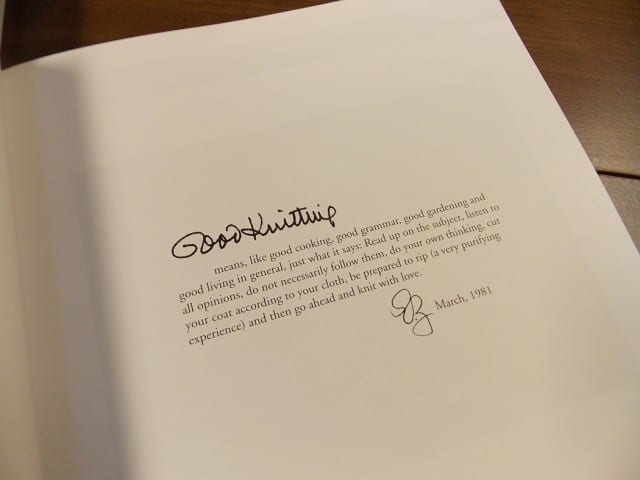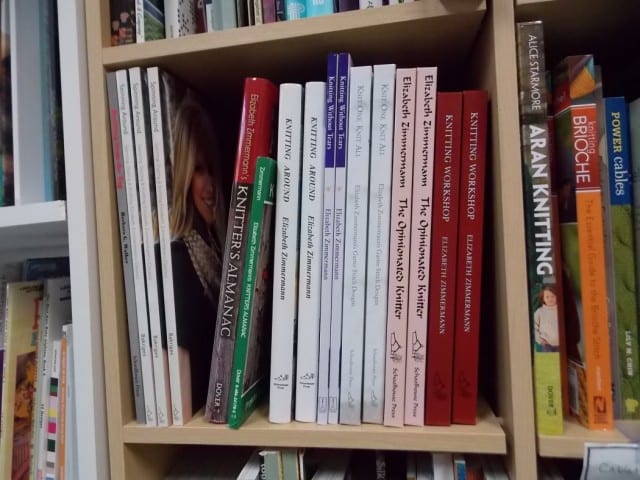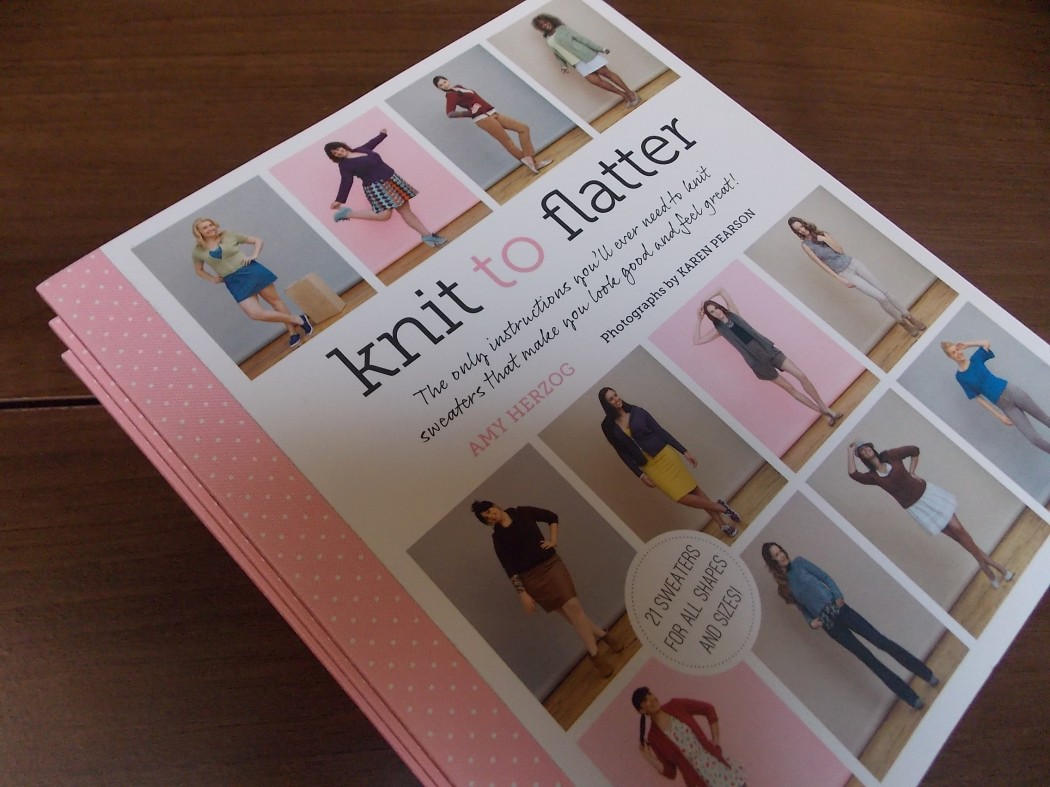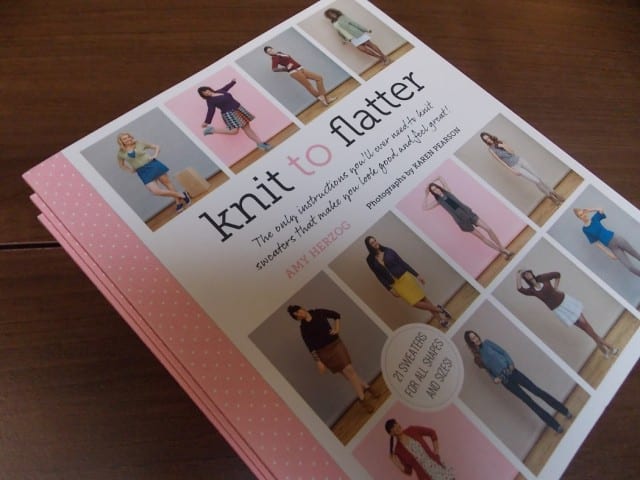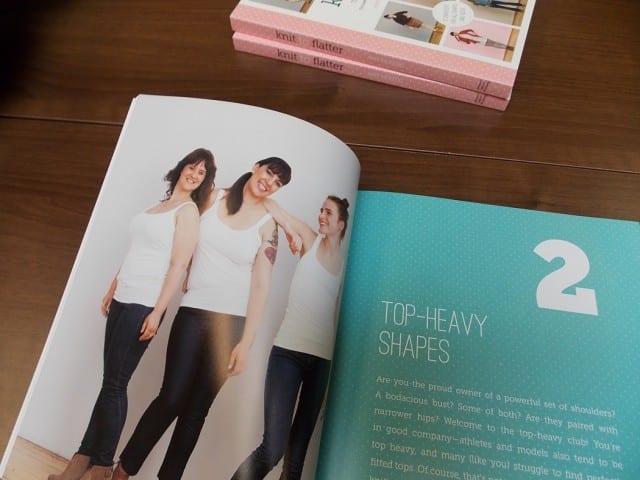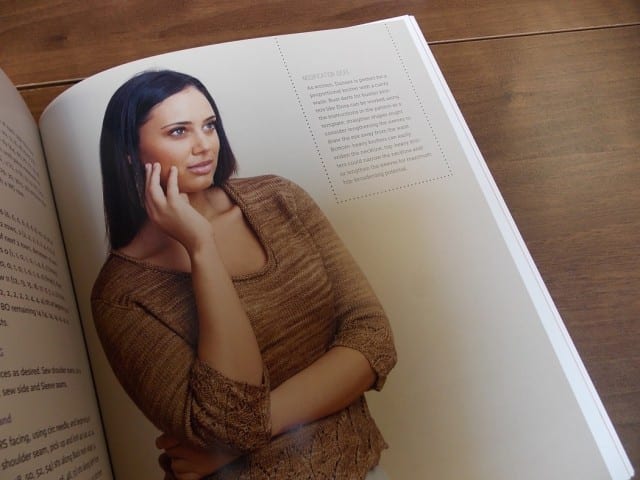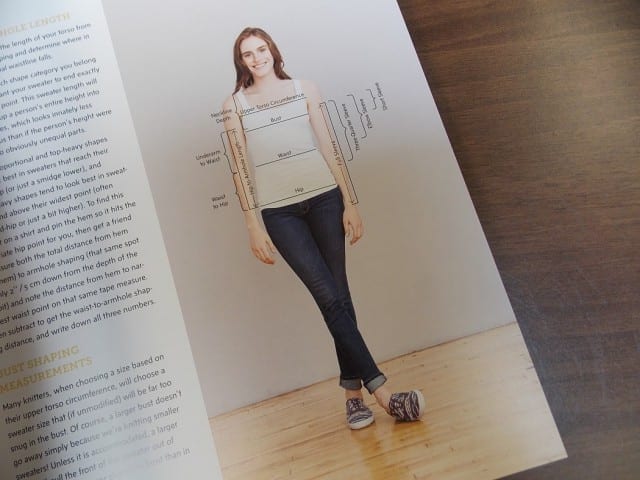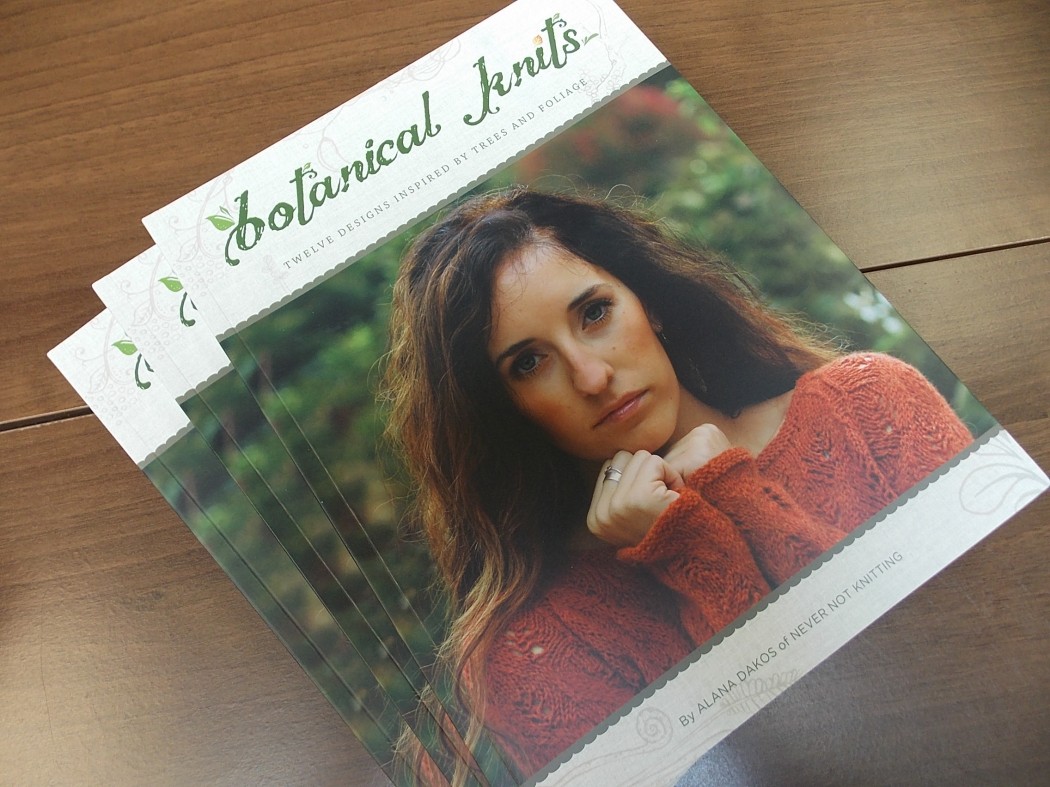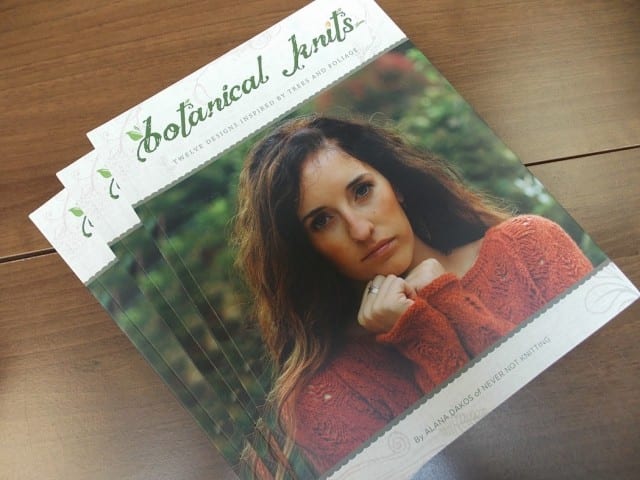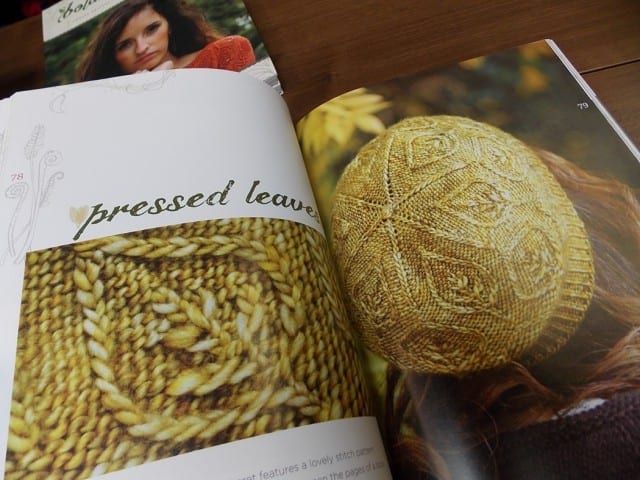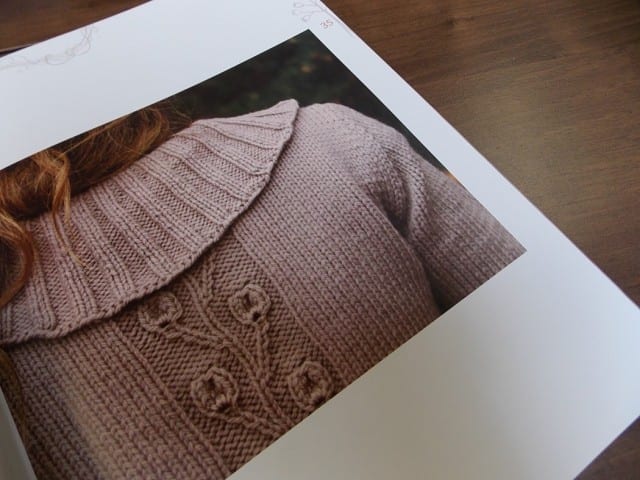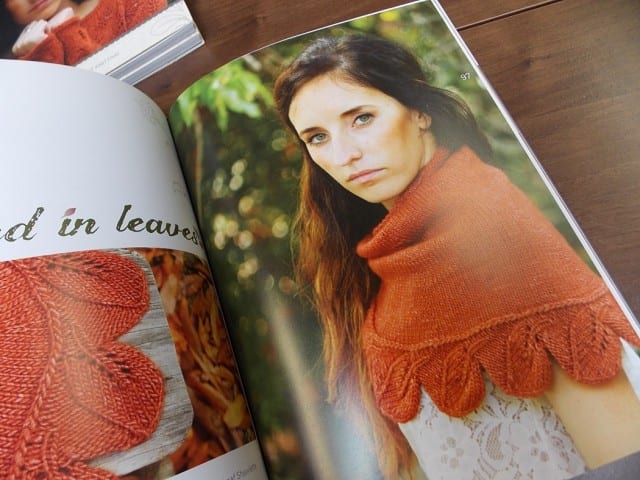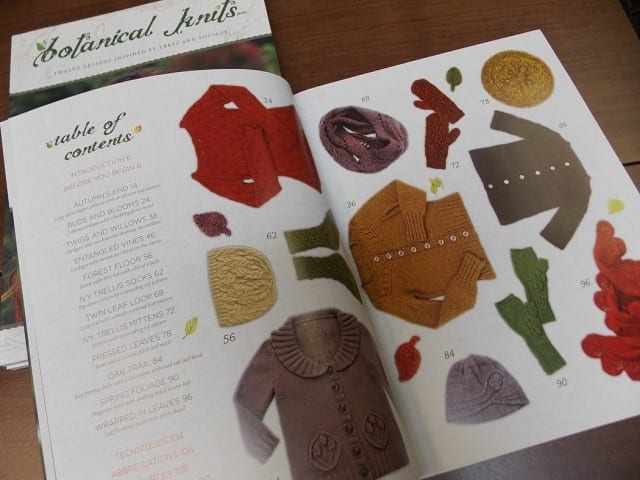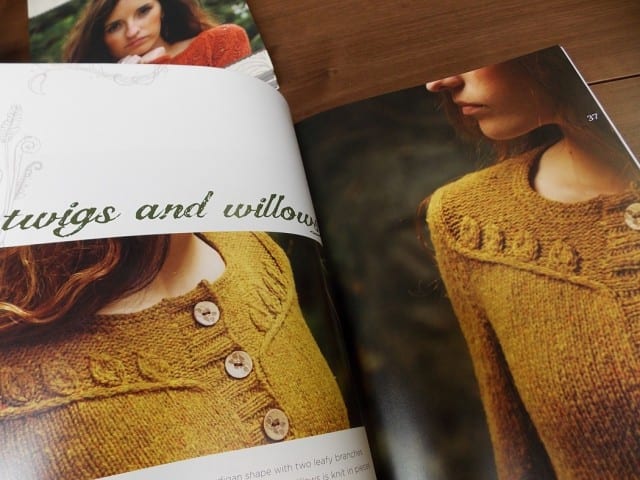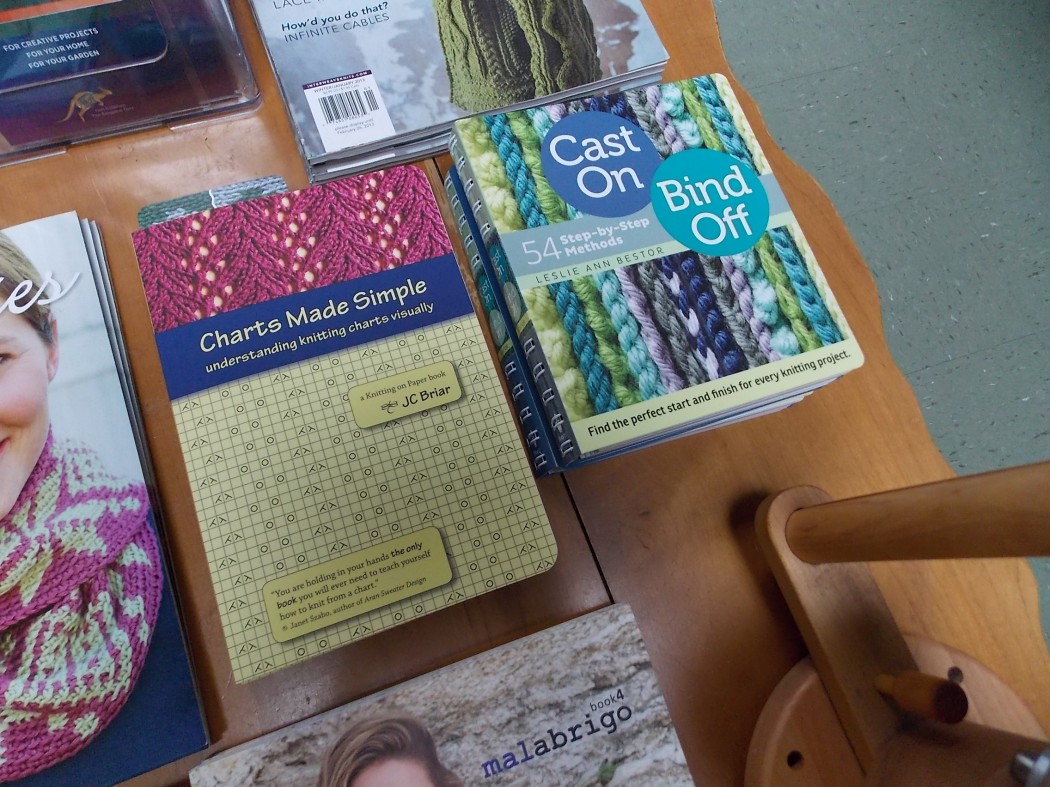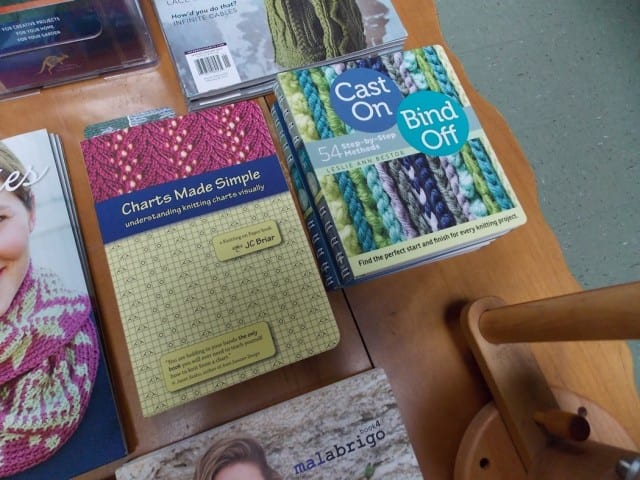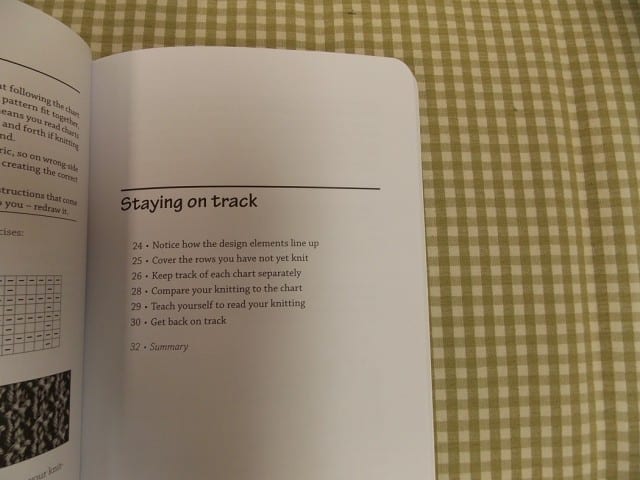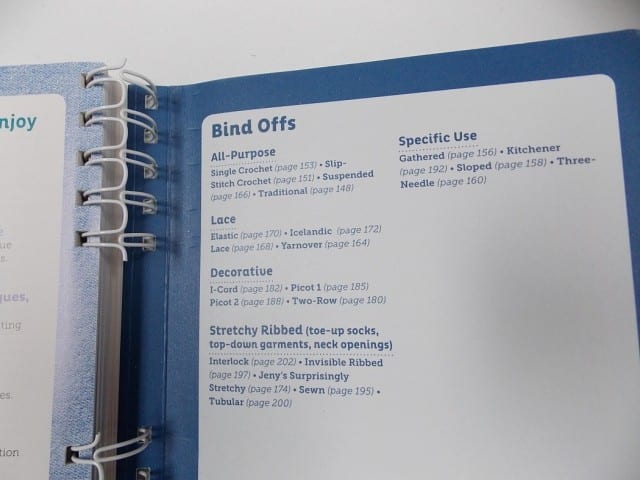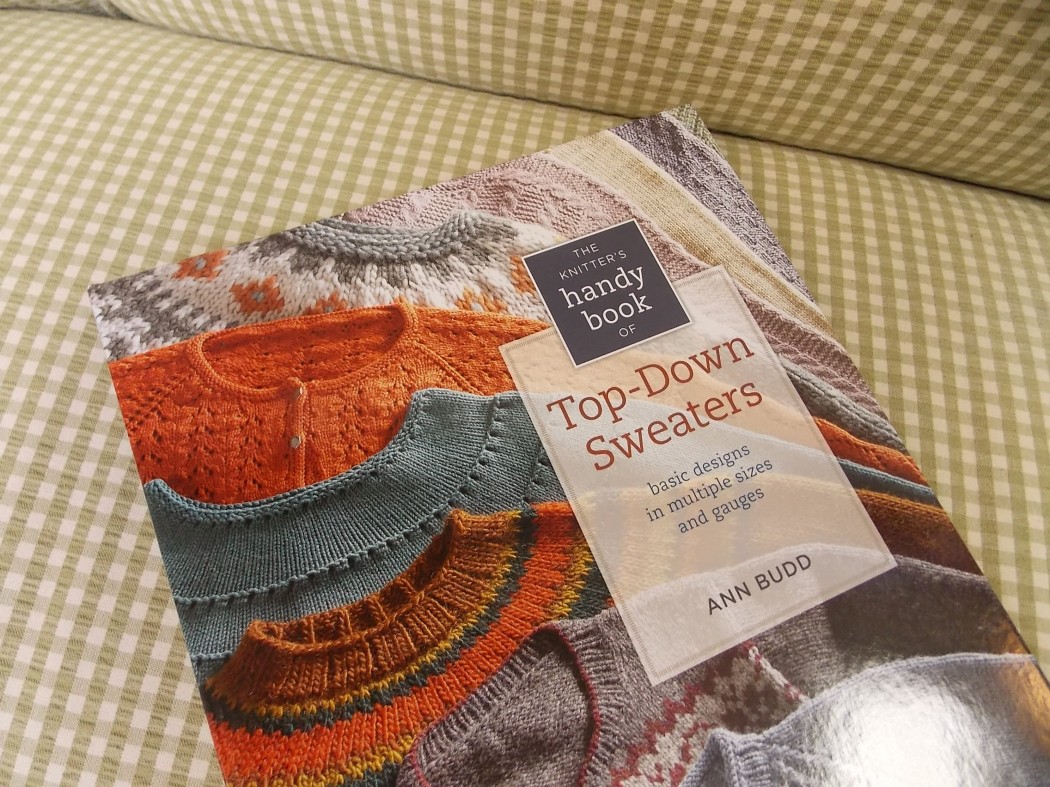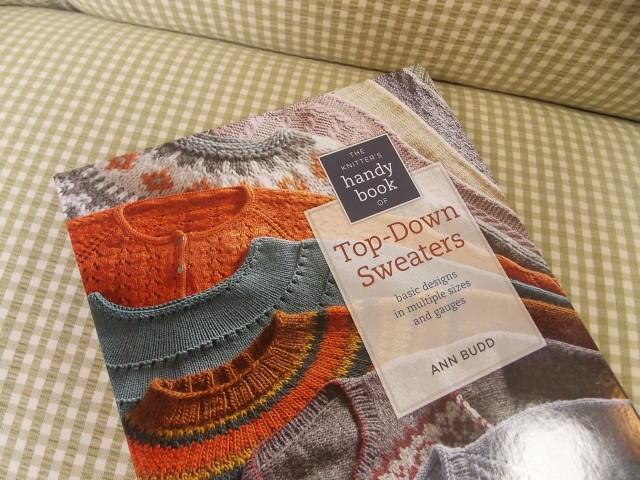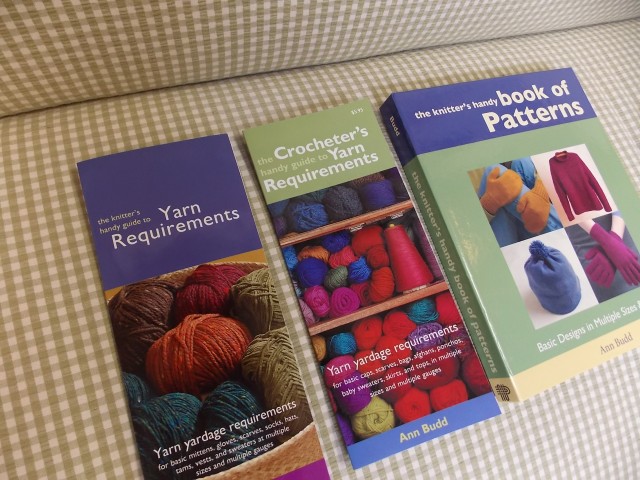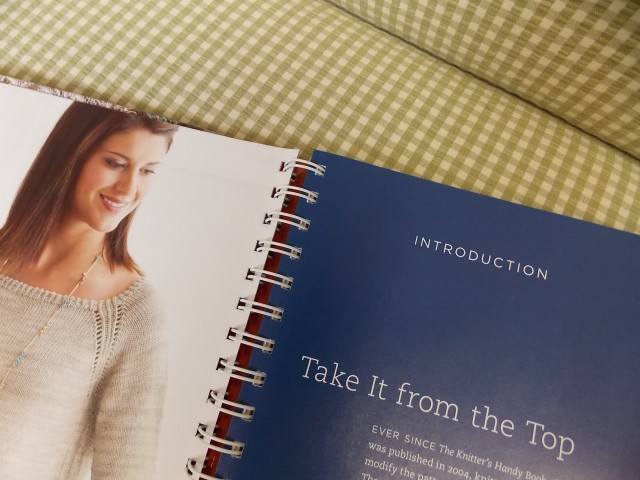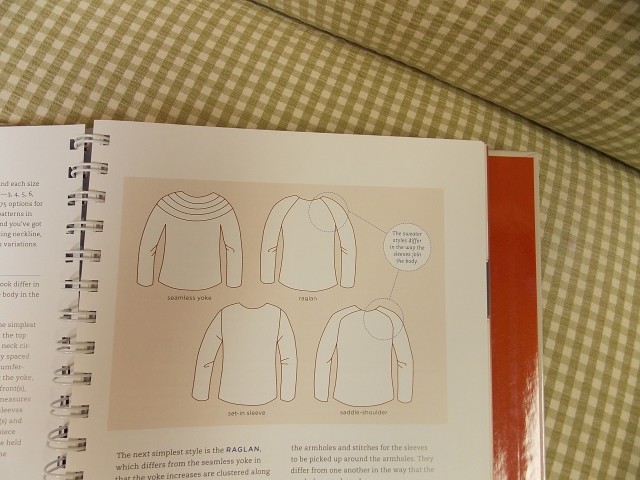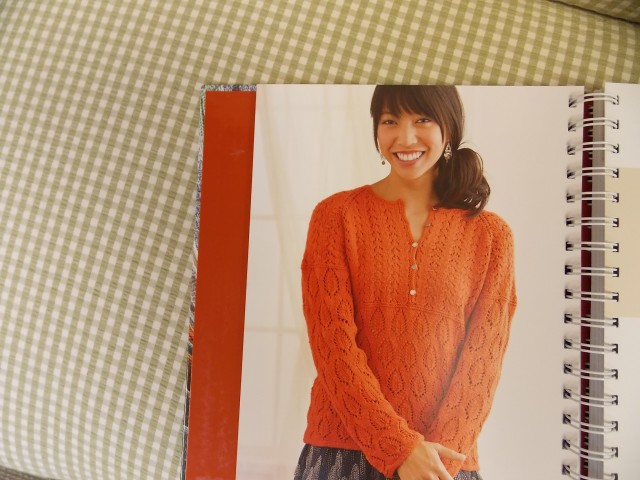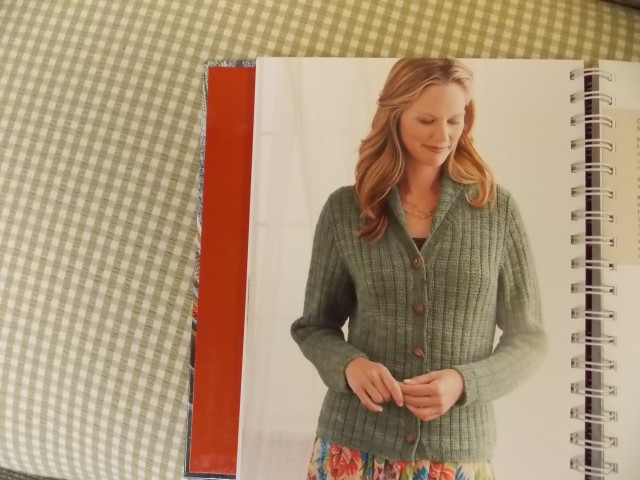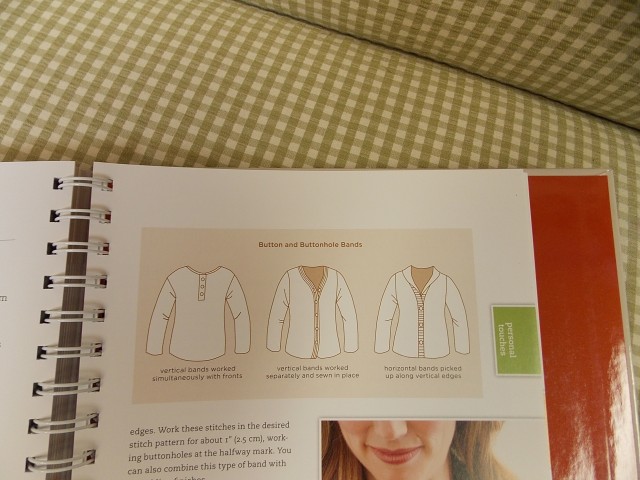Yokes is here!
Yokes is writer and designer Kate Davies’ newest book, and one that we’ve been eagerly anticipating since October, when she started posting previews on her blog.
I’ve been reading her blog for years now, admiring her patterns and appreciating her written voice.
An historian as well as a knitwear designer, Davies approaches her subject with academic rigor, and because of this, Yokes is so much more than a collection of inspiring sweaters.
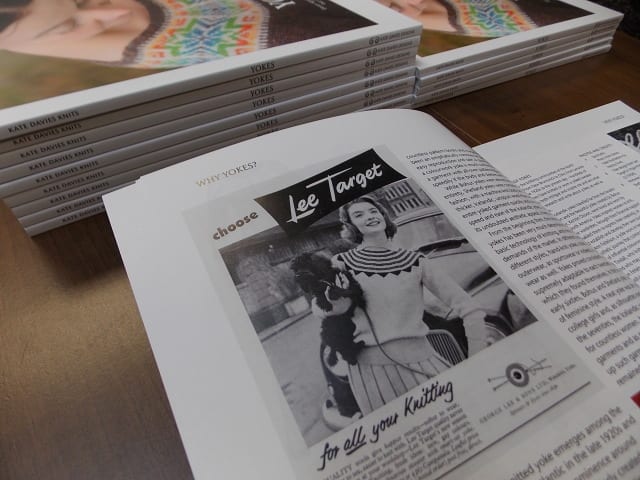
Pick up this book, and you’ll learn about Swedish Bohus yokes, the Icelandic lopapeysa, classic Shetland motifs, Elizabeth Zimmermann’s seamless innovations, and the connections between all of the above.
As a lover of circular yoke sweaters, particularly those adorned with colorwork, I was quick to add Yokes to my own knitting library. I’ve been reading it before bed this week, savoring the text and photos. Davies speaks my mind when she writes, “I am happy spending days working away on acres of plain stockinette, if, at the end of it, there is the yoke’s delicious promise.”
I am knitting one such sweater right now, in fact: “Puffin Sweater,” a design from Davies’ Colors of Shetland. I’ve knit the body and one and a half sleeves, looking forward all the while to the colorful chevron yoke. (Almost there!)
Anne has fallen for a sweater from Yokes, “Frost at Midnight.” This beaded yoke is knit in a delicate lace-weight yarn called Fyberspates Scrumptious Lace, a shimmering blend of merino and silk, which, oh by the way, we now stock at the shop.
We have only a few shades in stock, but will happily order whichever color you’d like. Come by to see the colorcard!
Look for Kate Davies’ Yokes on the teacart in the front room. It will make a perfect holiday gift for the history-loving knitter in your life, and if that knitter happens to be you, send your nearest and dearest in for a copy. See you there!



